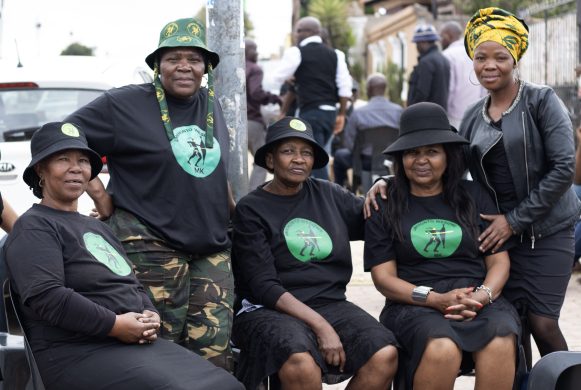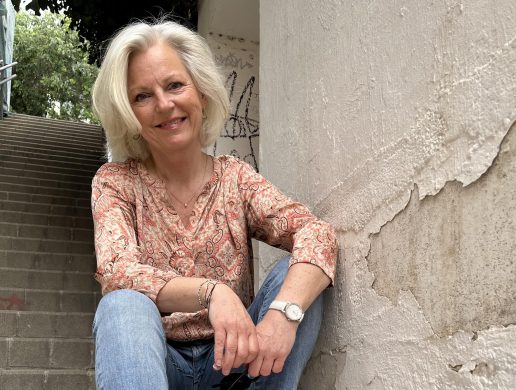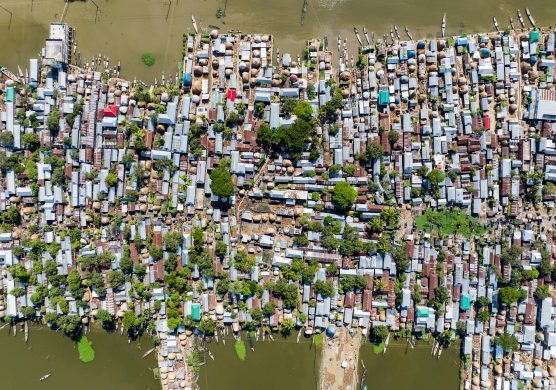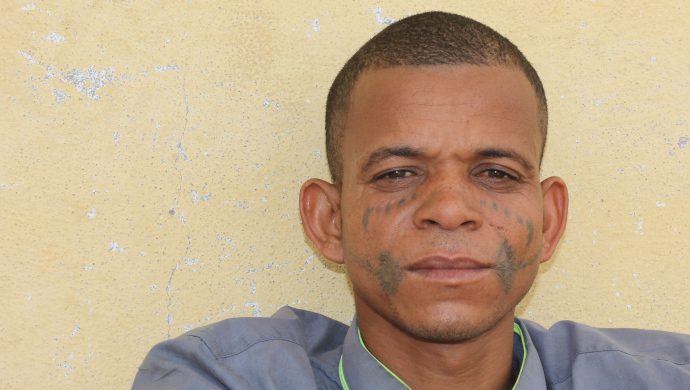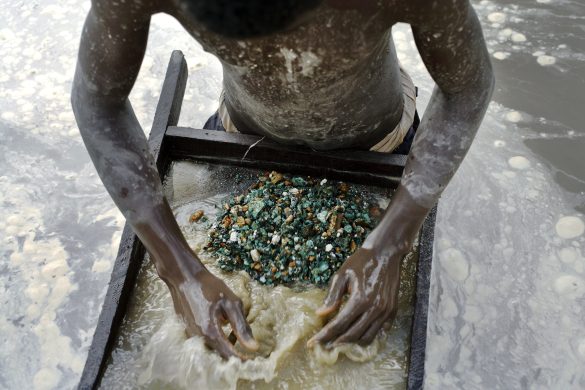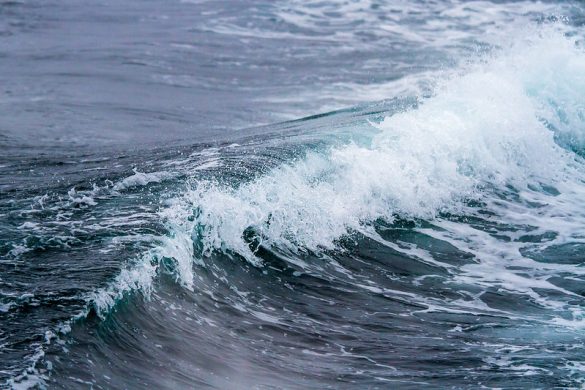Effekten er kaldt “survival of the biggest”- det vil sige, når store internationale hjælpeorganisationer rykker ind efter katastrofer og overtager butikken, mens de lokale NGOer skubbes til side og reelt aldrig får en fod i døren til FN-systemet.
LONDON, 21 April 2014 (IRIN): Five days after Typhoon Haiyan struck the Philippines in November 2013, Paul Valentin was giving a TV interview in his role as international director of Christian Aid.
“They were pushing me quite hard,” he said, “and showing footage of Tacloban [city in central Philippines devastated by the typhoon], saying that people were suffering but apparently nothing was happening. And the question was, ‘Why hasn’t the humanitarian response kicked off yet?”
“And my response was: ‘The response has already started, but you are looking for the Land Rovers and the signboards, and the planes full of aid workers, and I believe local organizations are the first line of response.”
Nearly all of today’s international aid giants started local.
Save the Children began in the UK by fund-raising for refugee children after World War I, but most of its activity in the early years was at home, working with the children of poor families in England and Wales.
Now it is a global organization, working in 120 countries, and headquartered in a gleaming (strålende) office block in the City of London, where it brought aid workers together with historians and social scientists last week to explore the ways the local and the global relate, and how they are changing.
Juliano Fiori, one of the organizers of the meeting, told IRIN:
“It is very important that humanitarian organizations develop their consciousness of the events, the intellectual traditions and the politics that have shaped their practice if they are to improve the effectiveness of their efforts to support crisis-affected communities”.
“It is also important that they broaden their understanding of other humanitarian cultures with which they interact, through historical inquiry.”
“Day Four Effect”
Many of the aid workers at the meeting were uncomfortably aware of the way the international contingent tends to crowd out (fortrænger /skubber til side) local humanitarian efforts.
David Hockaday, from the consortium of British humanitarian agencies known as the Start Network, called it the “Day Four Effect”.
“Day Four is probably the crowd-out moment,” he said, “and I think it is interesting that there is almost a lack of acknowledgement of what happens in the first 72 hours, as if there is a crisis situation waiting for the international fire-fighters to step in”.
“And then we assume that the point at which we integrate local knowledge is some way down the track towards transition.”
That in itself can be a problem, when the big international NGOs head-hunt the best local staff, reducing the capacity of local organizations still further.
Some crowding out may be inevitable, especially in situations like the Haiti earthquake in January 2010.
Here the scale of the disaster completely overwhelmed local abilities to cope, and here donors were sending such huge sums of money, which had to be spent and which only the larger international organizations had the structures to deal with.
Se også om situationen fire år efter i telegrammet
http://www.u-landsnyt.dk/nyhed/23-02-14/haiti-fire-r-efter-f-ejerskab-til-redde-sit-eget-l
“Very unlikely to get through the door” to the UN
But some recent developments in the humanitarian world were identified as tending to marginalize local agencies still further.
One is the attempt to professionalize humanitarianism – the introduction of things like Humanitarian Accountability Partnership (HAP) certification and Sphere standards, which local organizations might not be able to, or might not – for cultural or ideological reasons – even want to meet.
Another is the UN “cluster” (klynge) system, a good enough idea attempting to coordinate all the agencies working in particular fields, such as nutrition, water and sanitation, or health.
But the result – especially where the UN works out of heavily guarded secure compounds – is that local groups, sometimes quite literally, “can’t get a foot in the door”.
Nick Hall, Save the Children’s head of Disaster Risk Reduction, says he saw this happening in Haiti.
“To actually participate, to speak, you have to know the UN language. You have to know the language of the clusters and all the rest of it, and if you are a local organization speaking Creole French, you haven’t got a chance”.
“That is even if you could get through the door, which is very unlikely because it is in the UN compound. And everything is sent round by email, so if you don’t have email you are out of it.”
Shame and guilt?
Læs videre på
http://www.irinnews.org/report/99963/survival-of-the-biggest-side-lining-of-local-ngos-in-disasters




